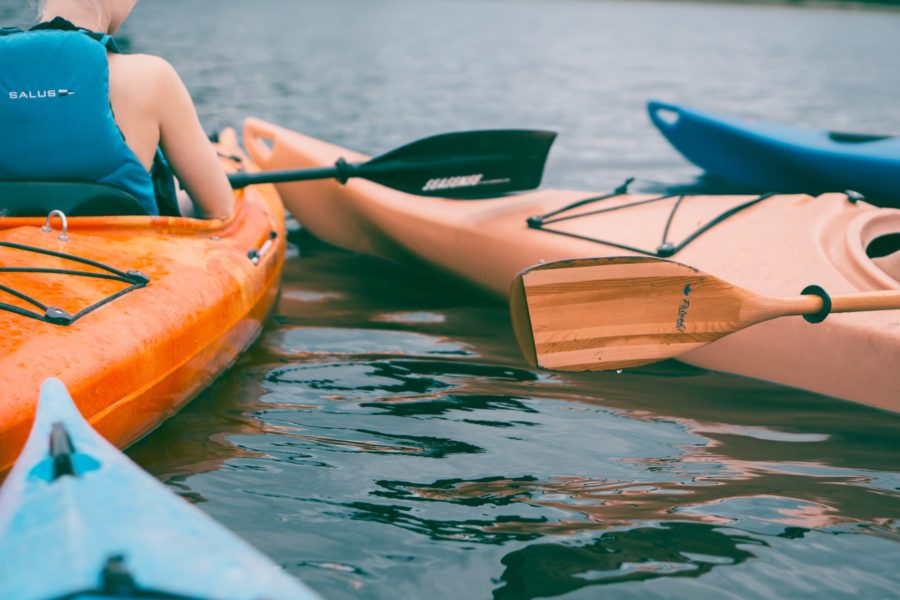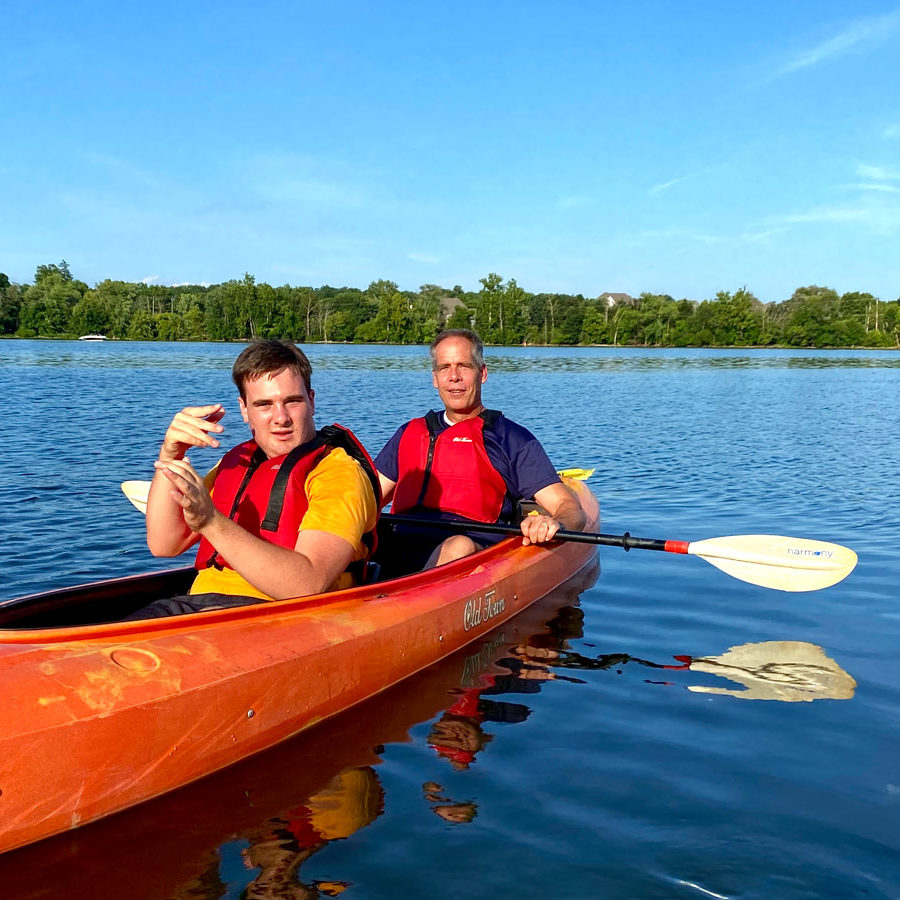The thrill of gliding across the tranquil waters, surrounded by the beauty of nature, is a siren’s call that attracts many adventurous souls to the sport of kayaking. However, it’s essential to acknowledge that kayaking, like any outdoor activity, carries inherent risks that must be understood and addressed for a safe and enjoyable experience.
In this comprehensive guide, we’ll delve into the potential dangers associated with kayaking, equipping you with the knowledge and strategies to mitigate these risks and paddle with confidence. Whether you’re a seasoned kayaker or a beginner eager to explore the waterways, this article will provide you with the essential information to recognize, prepare for, and respond to the various challenges that may arise during your kayaking adventures.
By understanding the common hazards, implementing appropriate safety measures, and developing essential skills, you can embark on your kayaking journeys with a heightened sense of awareness and the ability to navigate the waters with caution and control. So, let’s dive in and uncover the realities of the risks involved in kayaking, empowering you to make informed decisions and enjoy the sport to the fullest.
Identifying Common Kayaking Risks and Hazards
Kayaking, while an exhilarating and rewarding activity, is not without its inherent risks. Understanding the potential dangers and hazards associated with this sport is the first step towards ensuring a safe and responsible paddling experience.
Environmental Risks
The natural environment in which kayaking takes place can pose a variety of challenges, from unpredictable weather conditions to treacherous water features.
Inclement Weather and Changing Conditions
Sudden changes in wind, waves, or precipitation can dramatically alter the difficulty and safety of your kayaking trip, requiring vigilance and adaptability.
Hazardous Water Features
Rapids, strong currents, submerged obstacles, and other water-based hazards can pose a significant threat to kayakers, particularly those with limited experience.
Equipment-Related Risks
Properly maintaining and using your kayaking equipment is crucial to mitigate the risks associated with gear failure or malfunction.
Kayak Stability and Maneuverability
Choosing a kayak that is unsuitable for your skill level or the water conditions can compromise your stability and control on the water.
Paddle and Safety Gear Integrity
Relying on worn, damaged, or ill-fitting equipment, such as paddles or personal flotation devices (PFDs), can jeopardize your safety.
Human Factors
The decisions and actions of the kayaker themselves can also contribute to the overall level of risk during a kayaking excursion.
Lack of Experience and Training
Attempting to navigate challenging waters without the necessary skills and knowledge can lead to dangerous situations.
Reckless Behavior and Disregard for Safety
Engaging in unsafe practices, such as ignoring weather warnings or operating under the influence, so can significantly increase the risk of injury or accident.
Assessing and Mitigating Kayaking Risks
To navigate the waters safely and responsibly, so it’s crucial to develop a comprehensive risk management strategy that considers the various hazards and implements appropriate safety measures.
Evaluating the Risk-Benefit Ratio
Carefully assess the potential risks associated with a particular kayaking activity or location and weigh them against the anticipated benefits and enjoyment.
Matching Skill Level to Water Conditions
Ensure that your kayaking skills and experience align with the difficulty and complexity of the water conditions you’ll be facing.
Considering the Inherent Risks of the Sport
Recognize that even with proper precautions, kayaking carries an inherent level of risk that must be acknowledged and managed.
Implementing Comprehensive Safety Measures
Adopt a multilayered approach to safety, incorporating both personal protective equipment and safety-focused behaviors.
Wearing a Properly Fitted Life Jacket
Ensuring a snug and secure fit for your personal flotation device (PFD) is a critical safety measure that can save lives.
Practicing Essential Safety Techniques
Master skills like self-rescue, wet exits, and capsize recovery to increase your ability to respond effectively in emergencies.
Preparing for Emergencies and Unforeseen Situations
Anticipate potential emergencies and develop a plan of action to ensure a prompt and effective response.
Carrying Appropriate Safety Gear
In addition to your PFD, equip your kayak with essential safety gear, such as a whistle, a signaling device, and a first-aid kit.
Establishing Communication and Contingency Plans
Inform others of your kayaking plans, maintain communication during your outing, and have a plan in place for responding to unexpected incidents.
Developing Essential Kayaking Skills and Knowledge
Enhancing your kayaking skills and expanding your knowledge base are essential steps in minimizing the inherent risks associated with the sport.
Mastering Fundamental Kayaking Techniques
Invest time and effort in perfecting your kayaking strokes, maneuvers, and boat control to become a more proficient and safer paddler.
Improving Paddle Technique and Efficiency
Develop a smooth and powerful paddling technique to increase your stability, control, and overall safety on the water.
Practicing Rescue and Recovery Skills
Familiarize yourself with essential rescue techniques, such as the wet exit, t-rescue, and self-recovery, to be prepared for unexpected situations.
Expanding Your Kayaking Knowledge
Continuously seek opportunities to expand your understanding of kayaking-related topics, from weather patterns to navigation and safety protocols.
Attending Kayaking Courses and Workshops
Enroll in instructional programs led by experienced and certified kayaking instructors to enhance your skills and knowledge.
Researching Relevant Resources and Guidelines
Consult kayaking manuals, online tutorials, and industry publications to stay up-to-date with best practices and safety recommendations.
Gaining Experience Through Supervised Outings
Complementing your skill development with supervised kayaking experiences can help you transition from a novice to a confident and competent paddler.
Participating in Guided Kayaking Tours
Join organized kayaking tours led by experienced guides who can provide hands-on instruction and oversight.
Kayaking with Experienced Paddling Groups
Seek out local kayaking clubs or meetup groups where you can paddle alongside more skilled and knowledgeable kayakers.
Kayaking Risk Management: A Collaborative Effort
Mitigating the risks associated with kayaking is not a solo endeavor; it requires a collective commitment to safety and responsible stewardship of the waterways.
Fostering a Safety-Conscious Kayaking Community
Encourage and participate in initiatives that promote kayaking safety, education, and environmental awareness within your local community.
Sharing Knowledge and Best Practices
Engage with fellow kayakers to exchange information, share experiences, and learn from each other’s perspectives on risk management.
Advocating for Improved Water Access and Regulations
Collaborate with local authorities and organizations to address safety concerns and ensure the responsible use of waterways.
Respecting the Natural Environment
Kayaking takes place within delicate ecosystems, and it’s our responsibility as paddlers to minimize our impact and protect the waterways we enjoy.
Adhering to Environmental Regulations
Familiarize yourself with and comply with laws and regulations governing the use of waterways and the preservation of natural habitats.
Practicing Leave No Trace Principles
Adopt sustainable practices while kayaking, such as properly disposing of waste and avoiding disruption to wildlife and their habitats.
Conclusion: Embrace the Thrill, Respect the Risks
Kayaking is an exhilarating and rewarding outdoor activity that has the power to captivate the hearts and souls of adventure-seekers. However, it’s essential to acknowledge and address the inherent risks associated with this sport to ensure a safe and responsible paddling experience.
